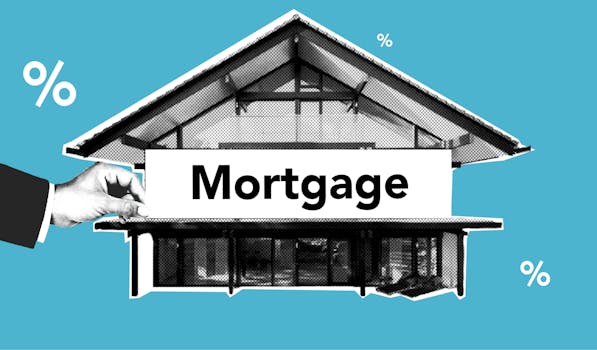Companies with the best and the worst technicals.
Lists of companies in NSE500 with the best and the worst technicals...
Lists of companies in NSE500 with the best and the worst technicals...
Lists of companies in NSE500 with the best and the worst fundamentals...
List of the latest important filings for NSE500....

Apollo Hospitals has launched a digital health spinoff aimed at revolutionizing healthcare...

Anticipated rate cuts by the Federal Reserve by 2025 are set to...

A comprehensive analysis of the declining optimism among U.S. CEOs, exploring the...

On July 1, 2025, OPEC+ members reached a significant agreement aimed at increasing oil production to meet growing global demand, a move that has set the stage for potential shifts in oil prices heading into the second half of the year. This decision comes amid a landscape of recovering economies and fluctuating energy needs, raising critical questions regarding the future of energy markets.
The decision to boost global oil output by an additional 1.5 million barrels per day (bpd) by October was discussed and voted upon during the recent OPEC+ meeting held in Vienna. This marks one of the largest coordinated output increases since early 2022, aiming to alleviate constraints that have contributed to rising oil prices in recent months. With Brent crude currently trading at around $85 per barrel, the pressure to stabilize or even reduce prices has become paramount.<\/p>
As economies worldwide continue to navigate recovery from the COVID-19 pandemic, demand for oil has surged, particularly in developing markets. Reports indicate that global oil consumption is projected to reach 102 million bpd by the end of 2025, with robust demand in sectors such as transportation and manufacturing. This uptick in usage underlines the critical need for OPEC+ to manage supply effectively to avoid significant price volatility.
OPEC+, a coalition comprising the Organization of the Petroleum Exporting Countries (OPEC) and allied producers such as Russia and Mexico, has played a pivotal role in stabilizing oil prices since the onset of the pandemic. As a collective, these nations produce approximately 40% of the world’s oil supply. Secretary General Haitham Al Ghais emphasized that the adjustments aim not just to balance the market, but to ensure that investments in oil can continue in a timely manner.
Several factors are likely to shape oil prices following this output hike. Among them are:
In the immediate aftermath of the announcement, oil markets demonstrated a mixed reaction. Analysts expect a gradual price stabilization as the market digests the implications of increased output. Financial analysts from Goldman Sachs project that prices may stabilize around $82-86 per barrel over the next few months if the anticipated production increase is realized smoothly.
However, other market observers are more cautious. Some analysts at Barclays express skepticism that the increase will be sufficient to meet demand, especially if geopolitical tensions escalate or if the pace of economic recovery accelerates beyond current forecasts. Their projections indicate a potential for prices to spike if unexpected supply disruptions occur.
In the long term, the sustainability of this output increase will depend heavily on global energy policies and alternative fuel adoption. As nations ramp up their commitments to net-zero emissions, the oil industry faces substantial pressure to diversify and innovate. OPEC+ is already in discussions about integrating renewable energy discussions into future meetings, reflecting a potential evolution in the organization’s mission beyond traditional oil production.
Market sentiment remains cautiously optimistic regarding OPEC+’s latest decision. With an increasing supply of oil at a time when demand is solid, many stakeholders are watching closely as the effects of this output hike unfold. Traders will look for signals from OPEC+ members on their commitment to this output plan, as well as indications of any potential shifts in the geopolitical landscape that could affect supply stability.
Ultimately, OPEC+’s output increase offers a temporary reprieve for global oil prices, but the landscape remains complex and multifaceted, leaving room for both opportunity and uncertainty moving forward.

An analysis of the strategic considerations for the Indian government as it...

The article examines the strategic partnership between Vodafone Idea and AST Spacemobile,...